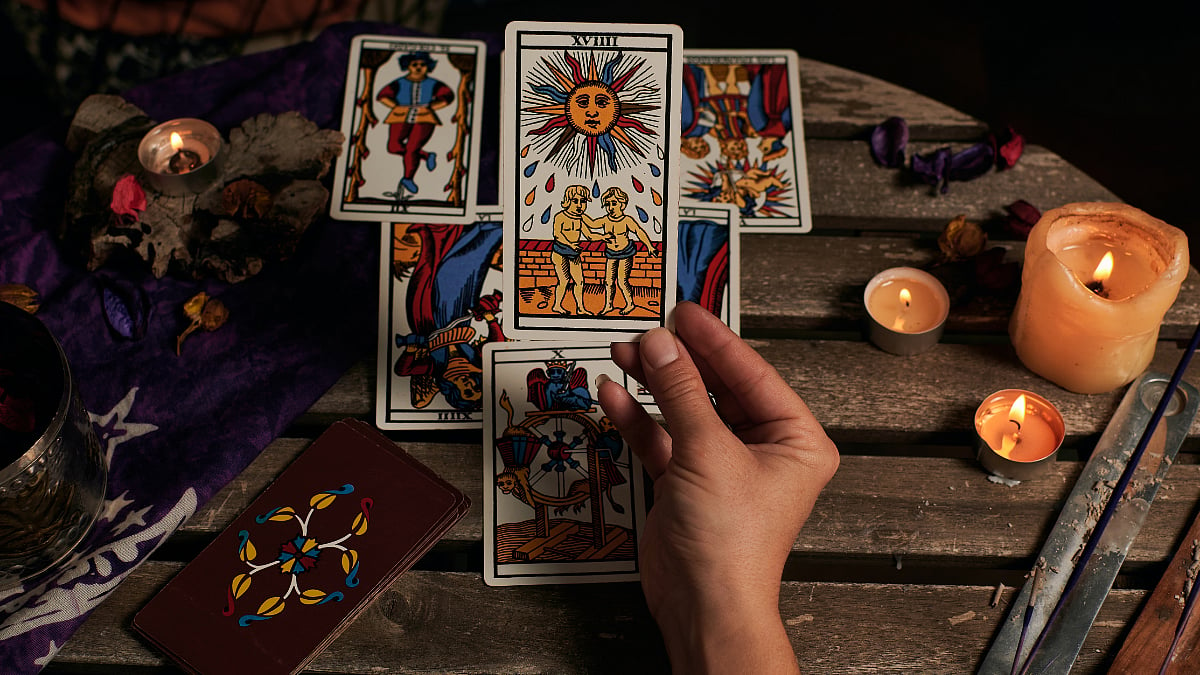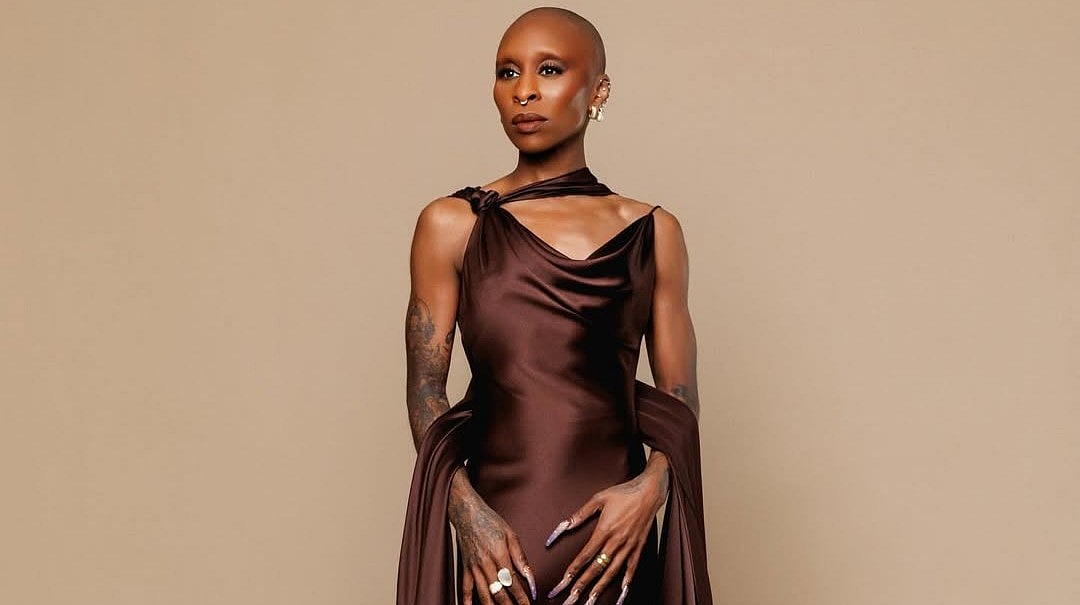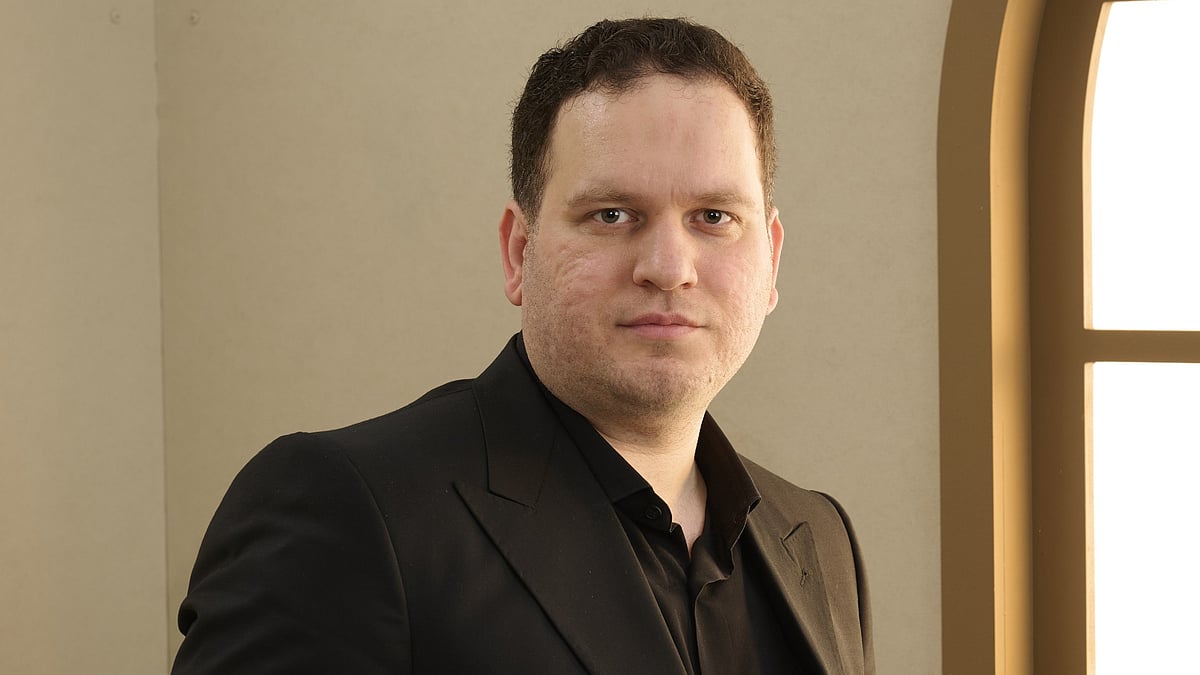The Covid-19 pandemic has highlighted the potential of a new market in the healthcare sector — wearable electronic devices. These are monitoring devices that are attached to a person’s skin or body to check vital signs like body temperature, heart rate, blood pressure, stress and glucose levels. The data is transmitted to a mobile app or a laptop, allowing the user to access critical insights into overall health status and to quantify human performance.
While the most popular known wearable device was a watch, today they come in varied forms like jewellery, tattoo, accessories, sensor patch or elements of clothing.
The advantages
“The advantage of these bio-wearables is that it helps the clinic technicians to remotely monitor their clients 24X7,” says Dr Manoj Kutteri, CEO and medical director, Atmantan Wellness Centre. “They are easy to use, unlike the conventional method of doing tedious lab tests.”
According to Dr Kutteri, the wearable medical technology also encourages and motivates users to go for exercises or other fitness programmes as it provides a measurable score card.
Agrees Priyanka Gupta, a fitness coach and founder of Veg Fit. Her YouTube channel offers tips to busy professionals about following a healthy lifestyle.

Few weeks ago, Gupta took a leap of faith and bought the Ultrahuman M1 Fitness Tracker. The wearable, unlike a smartwatch or a smart band, is a sensor patch that is glued to your arm to continuously monitor your glucose levels.
Not for newbies
On Twitter, Gupta writes that the device has changed her life. In a quick Zoom call with us, however, she insists that the technology is not meant for someone who has just started their health and fitness journey.
“If you already are living a healthy lifestyle but still want to get to the next level and analyse the different foods spiking your glucose levels, then it [Ultrahuman M1] can help,” Gupta shares. “But if you are eating extremely unhealthy foods like pizzas and desserts and what not, it is a no-brainer that your insulin will spike. Then, you don’t want to buy a CGM [continuous glucose monitor] to measure that cake.”
Fitness platform Ultrahuman recently rolled out the ring – a fitness tracker wrapped around your finger. This device scans your body real-time to understand your recovery.
Then there is also the Tech Tat temporary tattoo by technology startup Chaotic Moon Studios. This tattoo consists of LED lights, a micro-controller and inks to create a circuit board on the skin.
Earlier this year, the US medical device maker Abbott announced its line of bio-wearables called Lingo.
According to a report by consulting firm Grand View Research, the global wearable technology market size was valued at $52.14 billion in 2021. It is expected to grow at a compound annual growth rate of 14.9% from 2022 to 2030.
Not just a fad
“Bio-wearables are one of the most sought after products in the market currently. They are extremely important in the current scenario since it is all about knowing diseases before they actual happen. Managing a person's health proactively rather than reactively is the sole purpose of wearing a health tracker,” informs Dr Charu Dutt Arora, consultant physician and infectious disease specialist head, Ameri Health, Asian Hospital, Faridabad.
Dr Arora believes this is not a trend that will phase out. “Since patients are moving from one place to another for livelihood, they are more prone to change their healthcare institution and doctor. This disrupts the chain of medical records and affects quality and effective management. In a world where such trackers are available, doctors anywhere can collect the data and create a more complete medical history and diagnosis,” he adds. “When technology can streamline areas such as hospitality, fashion and retail, then why not optimise health with it!”
But, be warned!
And while there is a sudden rise in this tech and subsequent demand, one must be cautious of products that are not genuine or FDA-approved, he warns.
Types of bio-wearables
sensor patch
ring
Tattoos
earrings/bracelets
chip
chest strap
“One must check their technology, results and authority approvals before using. It is best to not use an incorrect device because that can lead to misinformation and faulty medical workup,” Dr Arora says. “When Apple watches introduced their abilities to sense arrhythmias such as AF (atrial fibrillation), they had to take an FDA approval before as it could lead to a faulty therapy by a medical practitioner and unnecessary consumption of medicines that could result in adverse reactions.”
Dr Kutteri advises to maintain a balance on user dependability of these devices.
“One should ensure they don’t become obsessed with these devices, as they don’t always give data to lab accuracy,” he adds.











